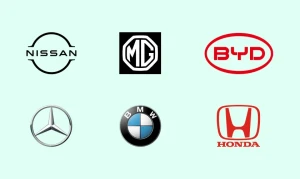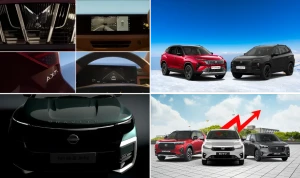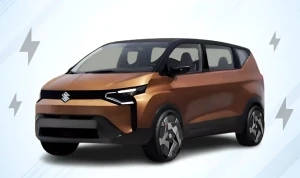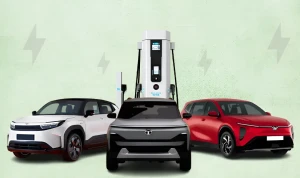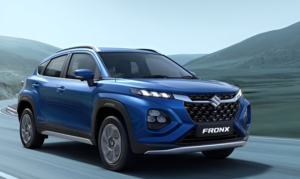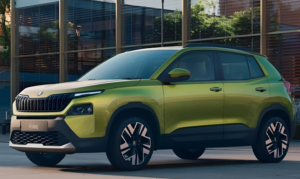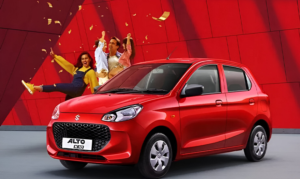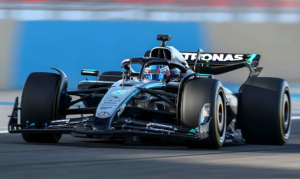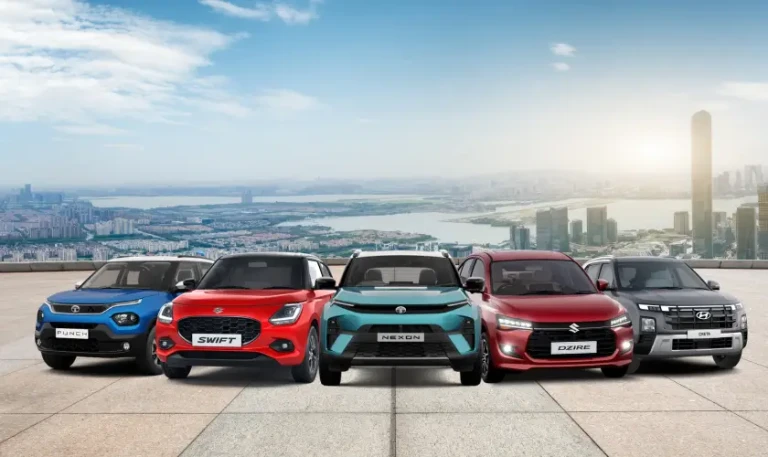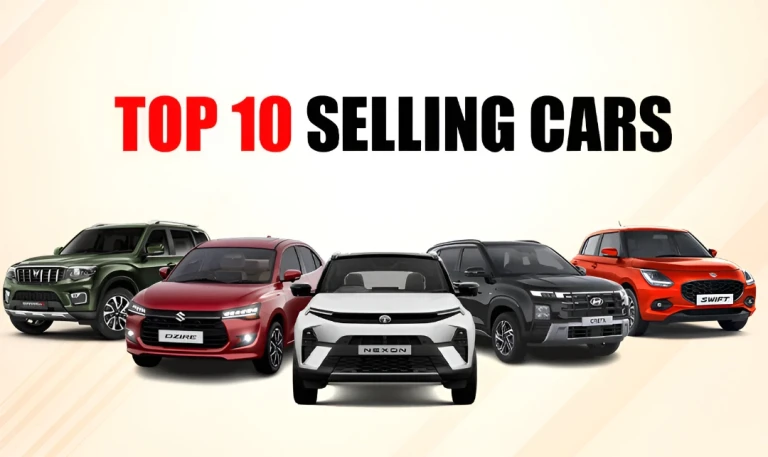Why CNG Cars in India Are So Popular
- Why CNG cars are capturing Indian roads.
- Compare running costs, eco benefits, and top models.

Why CNG cars in India are so popular is more than a catchphrase. You’ve likely noticed the rising number of CNG pumps and stickers on hatchbacks and SUVs. From price-sensitive families to eco-conscious drivers, CNG’s appeal cuts across demographics. In this article, we’ll explore the economic, technical, and environmental factors driving demand for CNG vehicles in India.
Catch the latest launches and updates on CarOnPhone!Why CNG Cars in India Are So Popular Among Budget Buyers
The biggest draw of CNG cars is the lower cost of running them. A kilogram of CNG costs around ₹60–₹70 compared to petrol’s ₹100–₹110 per liter. That gap translates into monthly savings of several thousands for commuters who cover 1,000–1,500 kilometers.
Avik Chattopadhyay, ex-head of marketing at Volkswagen India, says the “lower cost of ownership” is propelling CNG growth in India. Meanwhile, even as CNG prices saw a 49% hike recently, sales still jumped 40.7% year-on-year. CNG cars now account for roughly 12% of the passenger vehicle market.
CNG vs Petrol: How They Stack Up
When comparing CNG against petrol, fuel efficiency and emissions become vital considerations.
- Modern CNG cars return between 25 km and 30 km per kilogram.
- As for petrol models, they manage 15 km to 20 km per liter.
On the emissions front:
- CNG burns cleaner, thereby cutting carbon monoxide and nitrogen oxide levels by up to 25%.
- Petrol engines deliver better power and a wider refueling network, but are not as ‘clean-green.’
As cities expand their CNG infrastructure, the gap between these two options is narrowing.
Which Maruti CNG Cars Are Leading Sales?
Maruti Suzuki dominates the factory-fitted CNG market. It has 18 models on offer, priced from ₹5.89 lakh onwards (Delhi prices). Popular choices include Swift, Baleno, Fronx, and Ertiga. They’re all tuned to provide around 23–26 km per kg of CNG.
These Maruti CNG cars combine remarkable petrol-engine performance with optimized CNG injectors and twin-cylinder layouts. The latter also preserves boot space, making these selections practical all round.
Which Tata CNG Variants Are Worth Considering?
Tata Motors has 6 factory-fitted CNG offerings. These begin at ₹6 lakh in Delhi and stretch up to approx. ₹15.6 lakh for its flagship Nexon CNG SUV.
The Tiago iCNG stands out with intelligent twin-cylinder system under-boot. It can produce nearly 80 PS in CNG mode alongside a 26 km/kg claimed mileage.
The Punch and Altroz also make compelling cases. They boast sturdy build quality and enjoy a growing CNG-refueling network in tier-II and tier-III cities.
What’s Next for the CNG Car Revolution?
Automakers are investing in R&D to further improve CNG engine injection systems, aiming to boost power and expand driving range beyond 350 km on a full CNG tank. There’s also talk of hybrid CNG-electric prototypes in testing.
On the policy side, state and central incentives—like lower road taxes and subsidies for CNG pumps—should keep momentum high. Experts guesstimate CNG car sales will rise another 20% this fiscal year as more buyers consider total cost of ownership alongside car sticker prices India.
Final Notes
CNG cars are no longer a niche selection. Thanks to a ‘perfect storm’ of rising petrol prices, expanded refueling infrastructure, and stronger factory-fitted options from Maruti and Tata, switching to CNG makes sense for many drivers. Whether you’re hunting for the Best CNG cars India 2025 or debating CNG vs petrol, the answer grows clearer every time you fill up.
Tags:
CarOnPhone is your one-stop destination to see all upcoming cars, latest cars, released cars, and EV Cars, and compare Cars in all Car Brands. Stay tuned and follow us to update yourself on the automotive world.




